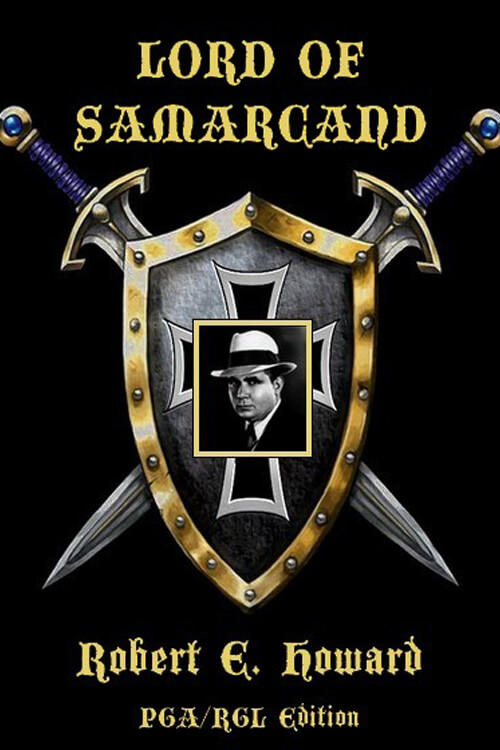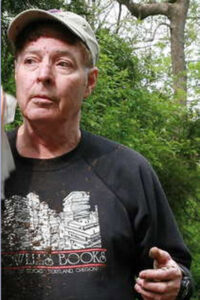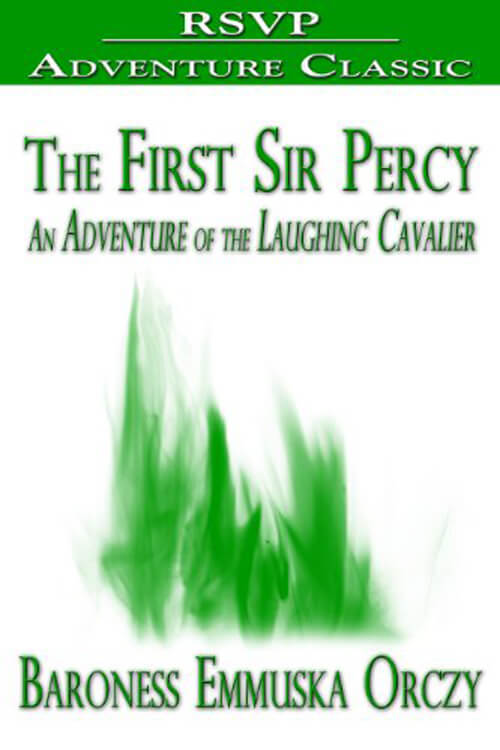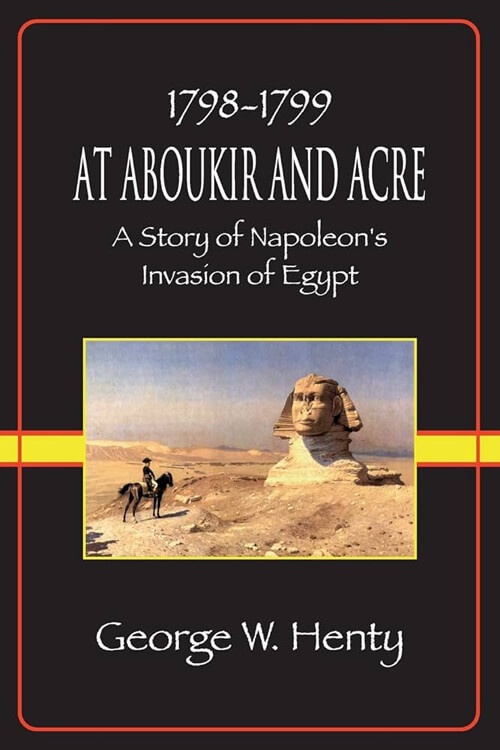
Zen Culture
The apparent nonsense and illogic of Zen parables established the limitations of language long before the theatre of the absurd decided to ridicule our modern doublespeak; indeed, our new-found scepticism about language as a medium for communication was a commonplace to Japanese artists who created both a drama (the No) and a poetry (the Haiku) that neatly circumvent reliance on mere words for expression—and in two entirely different ways.
Four-hundred-year-old Zen architecture is virtually a copy of contemporary design ideas: modular sizing, exposed woods and materials, movable partitions, multifunctional rooms, bare walls, uncluttered space, indirect lighting effects, and a California marriage of house and garden. The celebrated tea ceremony might be considered an early form of Japanese group therapy, while Zen landscape gardens are nothing less than a masterful deception masquerading as the “natural” look. If all this were not coincidence enough, consider our present-day artistic conventions and aesthetic ideals for a moment.
Like much of what we consider “modern,” Zen arts tend to be as simple as possible, with clean, even severe, lines. Decoration for its own sake is virtually nonexistent; Zen artists had no more taste for the ornate than we do today. The works of medieval Zen artists were rough and asymmetrical, with skilful exploitation of deliberate imperfections and blemishes to make the viewer aware of both the materials used and the process of creation. If it is true that classic art makes one aware of the form and romantic art makes one aware of the artist, Zen art makes one aware of the work of art itself. We have absorbed into our Western culture, almost unaware of Zen cultural forms and aesthetic principles, such as Japanese ideas of architecture, gardens, and flower arrangements. In other forms, such as Haiku poetry and Zen-style ceramics, we have borrowed more openly, freely acknowledging the source.
None of the Zen arts is out of our reach, and a critical following has developed in the West for almost all of them. The great Irish poet and dramatist William Butler Yeats embraced the Zen-inspired No Drama, although he probably knew nothing about Zen. (We should recall that no English-language books were written on Zen until well into the twentieth century.) It seems fair to say that the Zen arts have touched us because they express some view of the world that we have, several hundred years later, quite independently come to share.
Read or download Book
Thomas Hoover
Biography.
About – I’ve published ten books in addition to having an alternative career for half of my life. What would lead anybody to spend that much of their days on earth doing that is a complex question. Everybody has their answer. I think mine is that we all want to share our discoveries – things new to us – with those around us. When I went to Japan in my mid-twenties with my newly minted Ph.D. in Chemistry, I was stunned by the mesmerizing effect of Zen stone gardens. When I asked the Japanese scholars I met to explain what was happening, I was told that a Westerner couldn’t understand their subtlety. It hurt my feelings.
Out of that came a desire to understand and explain things I found moving. When I returned, I came across Aldous Huxley’s JESTING PILATE (“What is truth? said jesting Pilate, and would not stay for an answer.”) which was a travelogue of an enquiring Westerner’s visit to India in 1925. Why not write a similar book about Japan? I mused and set out to do it. I had a day job (a ‘Senior Vice President’) but worked nights and weekends for ten years, writing, revising, and doggedly submitting to publishers and agents without success. Then some reader at a publishing house noticed, “This is not really about Japan, it’s actually about Zen in Japan.” A light bulb moment. I put ZEN in the title and sold it “over the transom” (without an agent, the probability equivalent of being incinerated by lightning) as a Random House hardback, ZEN CULTURE.
As the saying goes, after ten years of thankless work, I had an “overnight success.” Thus, I quickly got one after laboriously and painfully selling a book without an agent. I next used my (by then) vast library of Zen translations to make a history of Zen (THE ZEN EXPERIENCE), described by Library Journal as the best that had ever been done – perhaps because nobody with detached aspirations had ever tackled it. I then asked my agent how to make a living at this writing gig, and she said you have to do fiction. I had accidentally spent three weeks in India after a charter to Japan fell through, and Shogun was hitting the charts. Hey, why not do a “Shogun” go to India? I had an outline and sample chapters done when the Shogun miniseries hit the airwaves. It was a phenomenon, and the book sold immediately to Doubleday, which was what I had been making for a year as an executive at an architectural engineering firm in NY. When published (THE MOGHUL), it sold worldwide and was optioned twice for a TV miniseries, and I thought I was Einstein. (It turns out it was close to the most I would ever make on a book, again the “instant” success.) Having already buried myself in the Seventeenth Century, I decided to cash in and do a Shogun for the Western Hemisphere (notice how I often tried to get double duty out of research).
However, the intended glorious history of the first English settlers in the West was about how the nation of Shakespeare re-invented degrading agricultural, human slavery nearly two millennia after considerably more benign slavery in Rome fell out of practice. It was a sordid legacy that may never be risen above. Ironically, the book (CARIBBEE) made the charts in England. But my agent was getting nervous. “Tom, you’re starting to talk like people in the Seventeenth Century. We’ve got to get you out of this.” So, I did a contemporary stock market thriller in first-person slang (THE SAMURAI STRATEGY). I invented a crash that replicated (before the fact) the 1987 debacle by a couple of percent. The book was already in galleys in England when that happened, and the British publisher made me pull it back and re-write the numbers so it was still fiction. It also presaged the financial shenanigans of all the crashes that followed. I then decided to do something technically contemporary. The result was two books with extremely powerful aeroplanes on the cover.
I think they were decent in that genre. One of them involved atomic bombs and Muslim terrorists (PROJECT CYCLOPS), and in the other, about a hypersonic passenger plane (PROJECT DAEDALUS), I explored what it’s like to fly in near outer space. Which brought on the thought of inner space. What are the most challenging medical issues today? For reasons lost to the history of my mind, I decided to do medical thrillers. The first (LIFE BLOOD) started as The Heart of Darkness goes to Guatemala. In the middle, I discovered that nobody cared about the US-supported atrocities in Guatemala under Reagan. Then, I wrote another book about the miracles possible from stem cells (SYNDROME), and we all know what George Bush and his fans thought of that. But still, it seems to be the runaway “bestseller” of my free books. The current work (THE TOUCHDOWN GENE) about animal and human DNA mingling in a football team was recently released.
My latest venture is as the producer of a short movie, a trailer for a hoped-for feature entitled HOW HIS BRIDE CAME TO ABRAHAM, written by Karen Sunde and filmed and directed by Yahel Herzog. It is a war-zone love story between a wounded Israeli soldier and a young Palestinian woman orphaned by a massacre in a refugee camp. The trailer was a finalist in the A&E Network Short Film Festival. Filming it in a New Jersey park involved running 25 people for three days in mud and chaos (see pix). Don’t ask. Fortunately, I had managed similar-sized jobs in my former professional life. See the trailer hotlink below and on the left.






